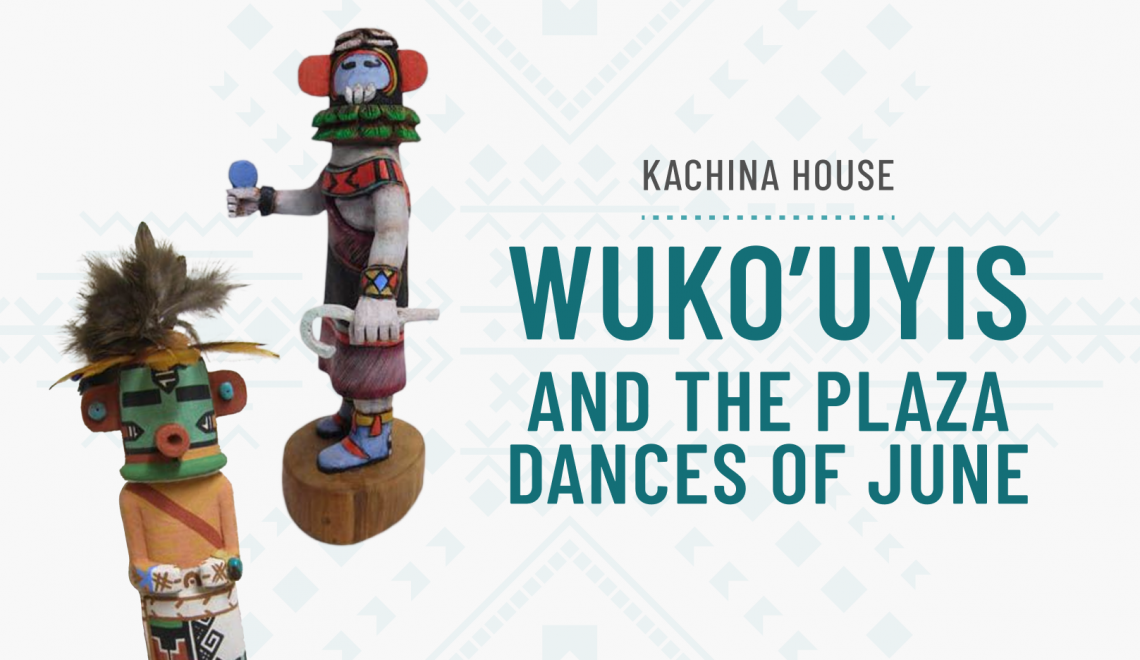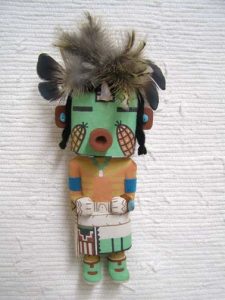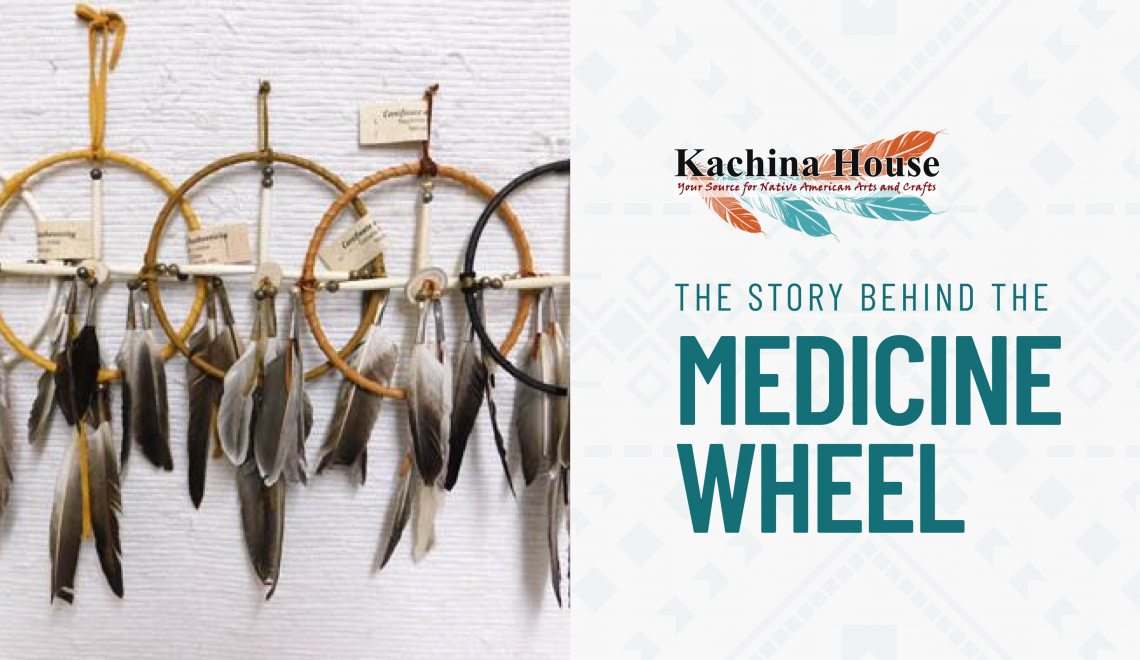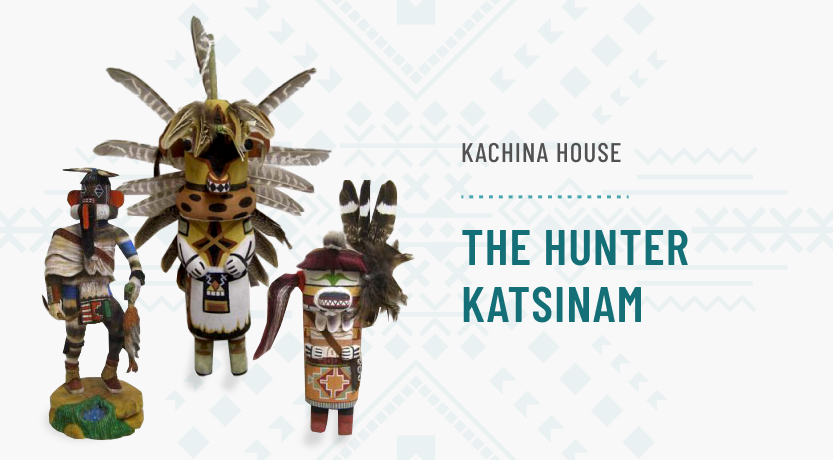
Wuko’uyis coincides with the month of June and involves the planting of many crops. Most importantly, the Hopi people begin planting corn, and Katsinam can be seen throughout the villages almost daily.
The Planting of Corn
A sacred crop to the Hopi people, corn is used in the making of dietary staples like bread and corn meal. Corn meal is often used to thicken other dishes, and corn husks were historically used to create sleeping mats, baskets, dolls and more.
 Plaza Dances
Plaza Dances
The beginning of Wuko’uyis is marked by the appearance of Katsinam at sunrise. These dancers bring with them the joy and excitement of the planting season, as they represent the success of the harvest to come.
Throughout the month of June, a wide array of Katsinam will travel through the Hopi villages with gifts of food. These Katsinam will dance in the different village plazas during their visits as the Hopi people plant crops and teach farming techniques to their children.
June is typically the time when rain begins to fall, strengthening the crops and helping them grow.
The Corn Dancer
The Corn Dancer is frequently seen during the springtime plaza dances and represents the different types of corn grown by the Hopi people. As corn grows in different colors, the Corn Dancer can be painted in different colors (red, yellow, white and blue).
There are also some variations to the Corn Dancer’s mask, as it sometimes has ears of corn painted on it and sometimes does not. If this Katsina does not have corn on his mask, it is common for him to have painted spots on his body – a representation of corn kernels.
Celebrate Wuko’uyis and the Plaza Dances with Kachina House this June! Home to a wide variety of Hopi Katsina dolls, we have many beautiful Corn Dancer Katsinam for sale. Click here to view our selection.
Sources: Carnegie Museum of Natural History (carnegiemnh.org)





I have really enjoyed reading the information you provided throughout this site! Thank you!
Thank you very much for your feedback. We hope to be informative about the Native American people with whom we work through the site.